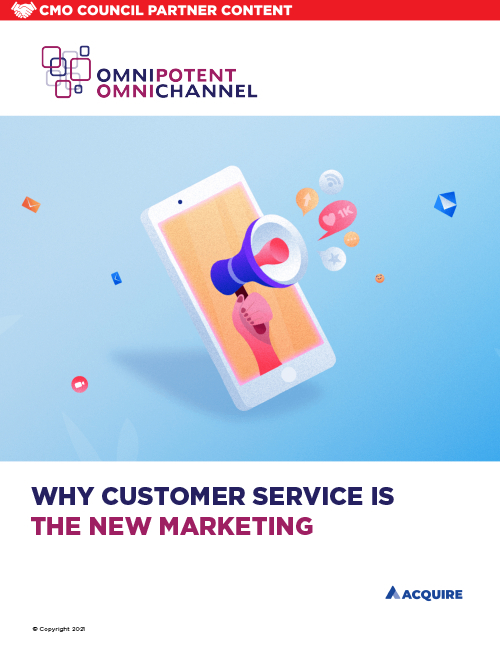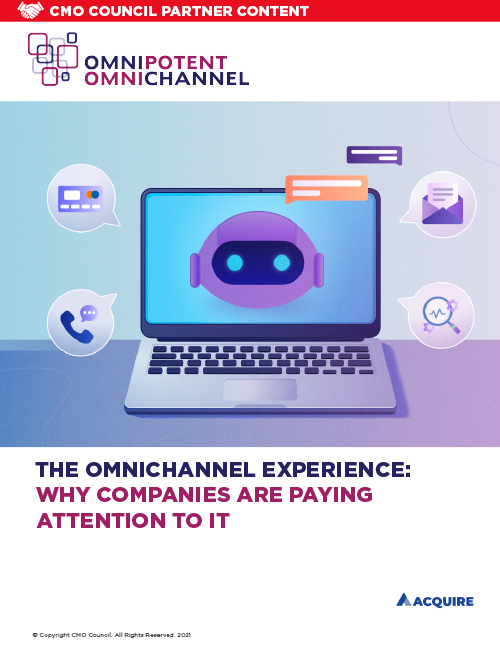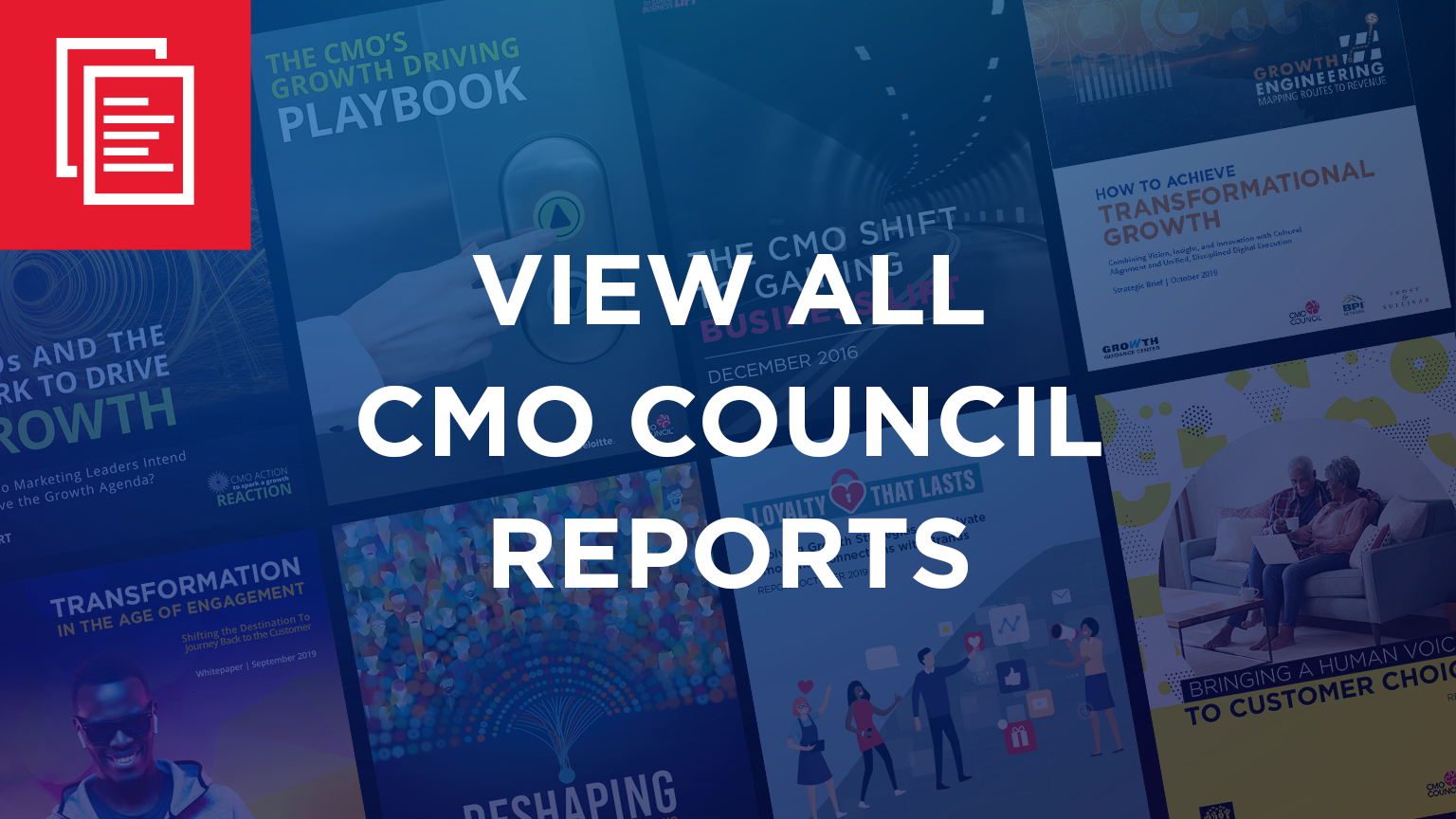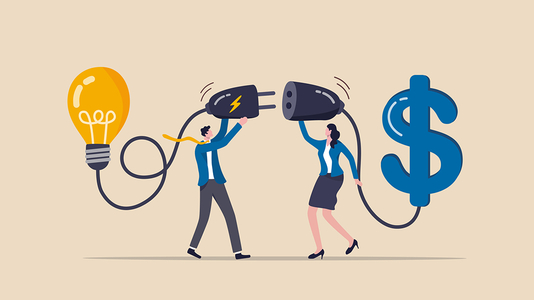Why Customer Service Is The New Marketing
The customer journey is no longer a linear funnel. With so much noise and endless distractions, marketers need to foster real, human connections. New research from Acquire finds that customer service is the new key to effective marketing, loyalty, acquisition and retention in an age where everyone is vying for attention. More















